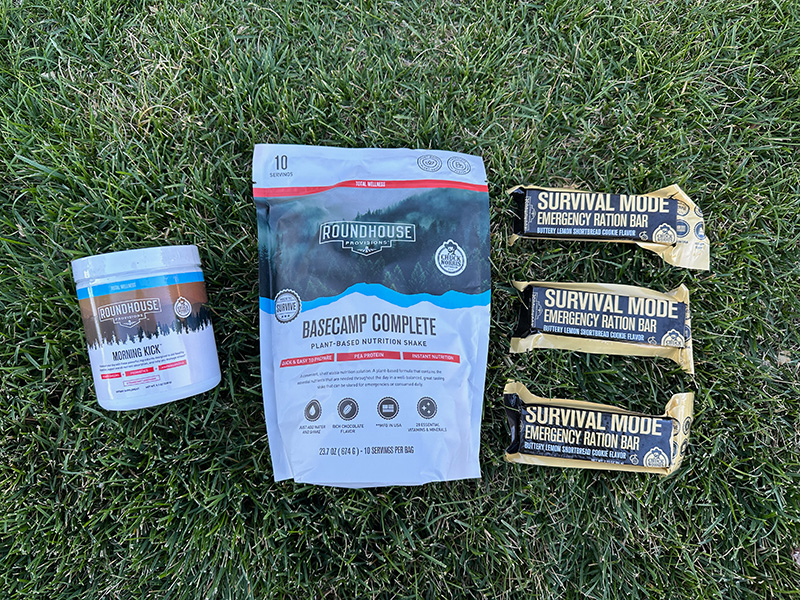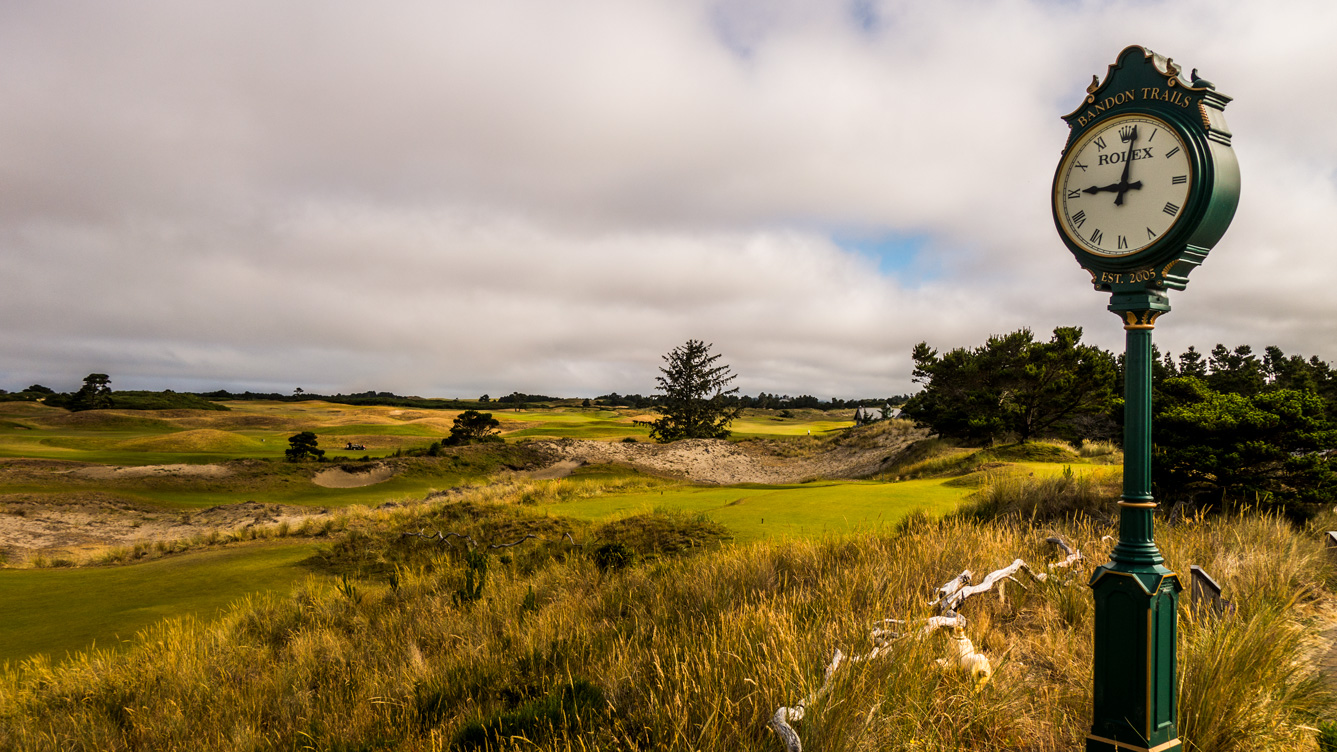Is Golf Sixes Really What The Sport Needs?
Categories: Golf • Golf For Women • Miscellaneous
Tags: Golf Betting Games
A shortened version of the typical 9-hole game has recently been introduced over in England as a means of apparently marketing the sport to a broader audience.
According to BBC Sport, Golf Sixes made its debut at St. Albans’ Centurions Club in early May, taking its inspiration -and many of its ideas- from the likes of Twenty20 cricket and Rugby Sevens, the latter of which was introduced as an Olympic Sport for the first time at last year’s Rio Games.
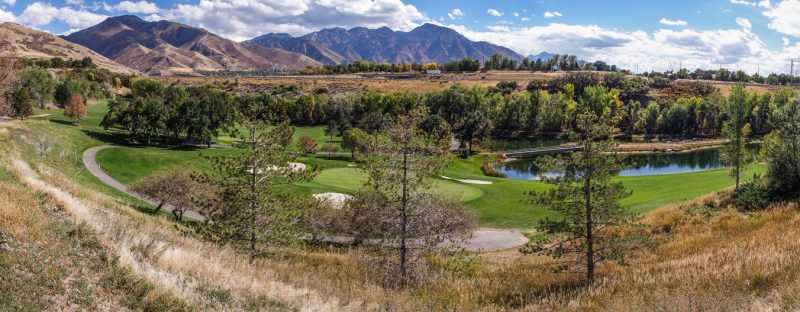
A Chance to Win new Fans
The idea, so says the BBC’s golf correspondent Iain Carter, is win back old fans and introduce many more new ones who were originally put off by the fact that the standard game takes a long time to play, and seemingly even longer to watch.
The article concludes that this is exactly what the sport needs right now, but is it really?
It’s a question that is certainly up for debate among some purists.
On the one hand, yes, anything that introduces more people to the sport can only be a good thing, especially with the potential to use Golf Sixes as something of a gateway to longer-form games.
That said, there are those who would argue that the suggestion that golf is currently suffering from some sort of image crisis is more than a little misguided.
Need proof?
Look no further than the world of sports betting.
Odds on Success
In an age where everything is online, today’s online sports betting sites are using a wealth of tactics to attract new customers. This is particularly true back in England, where Golf Sixes has been introduced.
There exists a wealth of free bets offers UK fans can use to wager on just about any sport imaginable, but increasing numbers of them are doing so to bet on the Masters and the ongoing European Tour.
Elsewhere, for those interesting in enjoying the game without much of a vested financial interest, events at St. Andrews, Muirfield, and Hoylake remain popular.
Then again, maybe the sport is in dire need of an image make-over.
Falling TV Audience Numbers
Last summer, it was reported that viewing figures for The Open plummeted by as much as 75%.
In Europe, this can at least be partially attributed to the event’s move from the free-to-view, license fee funded BBC, to the premium subscription service, Sky Sports. This is evidenced by the fact that BBc’s highlight show of the same event drew higher viewing figures than Sky’s actual live coverage.
Still, if a reduction in viewing figures is likely to be the norm from now on, then there’s undoubtedly a case to be made for Golf Sixes.
The game works by using a shot clock that gave each player forty seconds to take their shots. The time was then cut to 30 seconds for the second day knockout rounds.
The idea, according to Iain Carter, is that by doing so, fans and players alike can skip right to the engrossing shots “down the stretch,” eliminating all the long, drawn out early shots and getting right down into the exhilarating parts of the game.
With only one Golf Sixes competition in the record books, it is too early to tell whether this fast-paced form of the game is exactly what golf needs to revitalise itself, if indeed it needs to revitalise itself at all.
Common golf injuries and how to treat them
While golf is not generally considered a dangerous sport, there is still always the risk of injury. Your risk of getting injured is increased if you play golf often. It is hard to give up time on the golf course, but if you are in pain you should seek medical attention. If necessary you may have to forgo a few weekend tee-offs. This may seem devastating if golf is your primary hobby and means of de-stressing. But it will give your body a chance to heal and recuperate, and you’ll be back on the greens before you know it. In the meantime, there are always other less strenuous activities that you can do. Read some golf books, download some interesting podcasts, or try your hand at some online casino games.
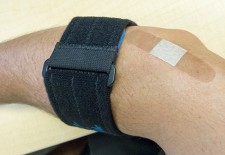
Tennis Elbow
Golfer’s elbow
Golfer’s elbow is an increasingly common injury faced by golf enthusiasts. This is caused by the inflammation of the tendons in your arm. If you are holding your golf club too hard, ease up a little! This tight grip may contribute to developing golfer’s elbow. If you have golfer’s elbow you will feel discomfort and pain in the inner part of your elbow. In order to avoid getting this frustrating injury, make sure that you remain cognizant of how hard you are gripping your club, and remember to stretch before playing –especially if you do not play regularly, or have not played in a while. Some people find that wearing a golfer’s elbow compression strap can help with the pain they experience.
Plantar Fasciitis
Plantar Fasciitis occurs when the fibrous sheath that lies under the sole of your foot (formally known as the Plantar Fascia) becomes inflamed. This often plagues golfers who do not have adequate footwear and walk around the course for a long time. You need to have golf shoes that support both the soles and the arches of your feet. Some people may want to investigate getting orthotic insoles as these can often be helpful in preventing pain. Symptomatic pain can be managed with the aid of ice-packs and anti-inflammatory medication.
Knee Pain
Many golfers will experience knee pain at some point in their golfing career. During golf, you put a lot of pressure on your knees. Such weight bearing activity, combined with the strain from rotating when swinging can cause or aggravate pain in the knees. It may be advisable in this situation to make an appointment with your local physiotherapist who can advise you on specific knee strengthening exercises. Injections or braces may also be an option depending on the exact nature and location of your knee pain.
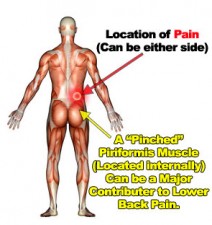
That’s the spot (photo courtesy lowerbackpainguide.org)
Lower Back Pain
Lower back pain is also another all too common golfing injury. Between the strain placed on your back from the golf swing, and the hunched over posture that many of us have on the golf course, and in our everyday lives, back pain is bound to happen. Doing core strengthening activities like Pilates can help make your back muscles stronger. Always remember to take care of your back when picking up a golf ball. Instead of bending your back, bend at the knees instead.
How To Succeed On The Greens; The Putting Green And The Green Felt
Categories: Miscellaneous • Tiger Woods
Tags: Gambling • John Daly • Poker • Sponsored Post • Tiger Woods
 If you are an achiever by nature, just like golf stars and top poker players are, then it’s easy to understand why leading players like Rory McIlory get frustrated when their swing leaves them in the lurch, or why the game’s foremost putters such as Luke Donald, Phil Mickelson or Tiger Woods get upset when they don’t make the putt. Poker players, too, lose their cool when things don’t go their way. Just ask Phil Ivey and Brandon Adams.
If you are an achiever by nature, just like golf stars and top poker players are, then it’s easy to understand why leading players like Rory McIlory get frustrated when their swing leaves them in the lurch, or why the game’s foremost putters such as Luke Donald, Phil Mickelson or Tiger Woods get upset when they don’t make the putt. Poker players, too, lose their cool when things don’t go their way. Just ask Phil Ivey and Brandon Adams.
The answer to the professionals’ lack of absolute top performance each time they step onto the links or touch the green felt can often be found in their emotional makeup; at the level that these gents compete, often only fractions divide them. All of them are talented individuals and on any given day it may be tough to predict the winner. Perseverance, a steely reserve and a never-say-die attitude often save the day.
 GOLF AND POKER: SIMILARITIES
GOLF AND POKER: SIMILARITIES
An interesting observation is the “close” relationship that exists between golf and poker. The similarities are not to be denied; in both cases the player has to heavily rely on skill, temperament and – often – experience. That is not to say that newcomers can’t be successful (of course they often are). However, the experienced player just has so much more to draw from. All professional golfers and poker players have a competitive edge that spectators can only admire.
If you want to compete, you need to be tough mentally as well as physically. Nothing can be left to chance. When going for glory on the greens, all the top players have to be in great shape. They have to walk many miles over a four-day spell in the big tournaments, and the unfit will not be there to lift the trophy. The same can be said for poker players; many hours of concentration are necessary to come out on top. It is a fact that, like the masters of the greens, those who rule on the green felt follow a strict exercise routine, and often a proper diet.
WELL-KNOWN GOLFERS WHO ENJOY GAMBLING
Anyone who can read knows the name Tiger Woods. Apart from Jack Nicklaus he has won the most majors in golf (an amazing total of 14) and is a true modern day icon. He may well be the best golfer ever to have stepped onto the fairway and mesmerized us all with his abilities on the greens of the world’s greatest golf courses. Few in the history of the game have had The Tiger’s talent or shown his resilience. After a bad spell following marital problems, it seems that his game is on the up again and it is not at all impossible that he may win many more of golf’s big tournaments. Aside of his near perfect swing or putt, Tiger is also an avid poker and blackjack player. A regular at the casino tables of Las Vegas, Woods is reported to have started playing soon after graduating from university. At first he placed small bets; of course later, given his confidence in his own abilities, The Tiger stepped it up a notch and began betting like a seasoned champion. Tiger also hosts his own poker tournament every year.
Another one of golf’s great characters, John Daly is often spotted at the Las Vegas gambling tables. He himself estimates that he must have lost around $55 mill. John is honest: “I should say I regret it. But I did it, I move on from it. I had a lot of fun doing it…I love the action. I love the adrenaline going in there.” It seems the rush is what often pushes these stars to win, not only in front of admiring crowds at the 18th during exciting finishes and play-offs; no, also in the world’s casinos where sometimes the financial stakes can be high. To be one of the top golfers in the game, a definite competitive edge is not negotiable. The same is true in the poker, blackjack or billiard room.

POKER PLAYERS ON THE FAIRWAYS AND GREENS
Not only do golfers like the tables – the men from the gambling rooms often enjoy stepping out to tee off. A fine example is the highest-earning tournament player of all time, Daniel Negreanu who is an avid golfer and plays as regularly as time permits. In his own words: “I’m addicted.” Daniel was one of almost 20 big poker stars to take part in the inaugural High Stakes Golf Tour event in 2007 which was organized by gambling legends Doyle Brunson and Dewey Tomko. Daniel has not let up and enjoys a day on the course with friends, other poker players or serious golfers.
Brunson, a naturally gifted athlete in his youth, started playing golf at 30 and it immediately became clear that he was a serious contender. Because of his competitive nature and belief in his own abilities, such as not folding under pressure (very important at the poker table) he often was a match for far more talented golfers.
Another well-known poker player often found on the golf course is Tom Schneider, twice winner of a WSOP bracelet. Tom loves the similarities between poker and golf because he believes there are betting opportunities on the golf course as there are on the green felt. Skills often applied in the poker room can easily be transferred to the fairway and greens. Because of its nature, as opposed to the ‘’fast’’ games, golf allows time to think between shots, just like one would do in the poker room. When it comes to planning and outsmarting the opponent, golf and poker go hand in hand for Tom.
Poker players and other gamblers tend to be very good at sensing stress in the body language or on the face of an opponent. Therefore they find it easier than most to capitalize on a situation and to take control whether they’re out on the golf course or in the poker room.
Not enough can be said about mental toughness when it comes to performance, endurance and showing verve. Not everybody with talent will hit the big time, either on the links or in the games room. Players with no financial support or sponsorships have to work so much harder to get to tournaments or to be allowed entry in top competitions; they very often have to pay their own way, airfare and hotel accommodation. Of course, once they make it, the choice of hotels and limousines seems to be just another of the perks.
Poker players’ fascination with golf has been well documented, and we know from social media that many of the world’s top golfers will never say no to a night on the green felt.




